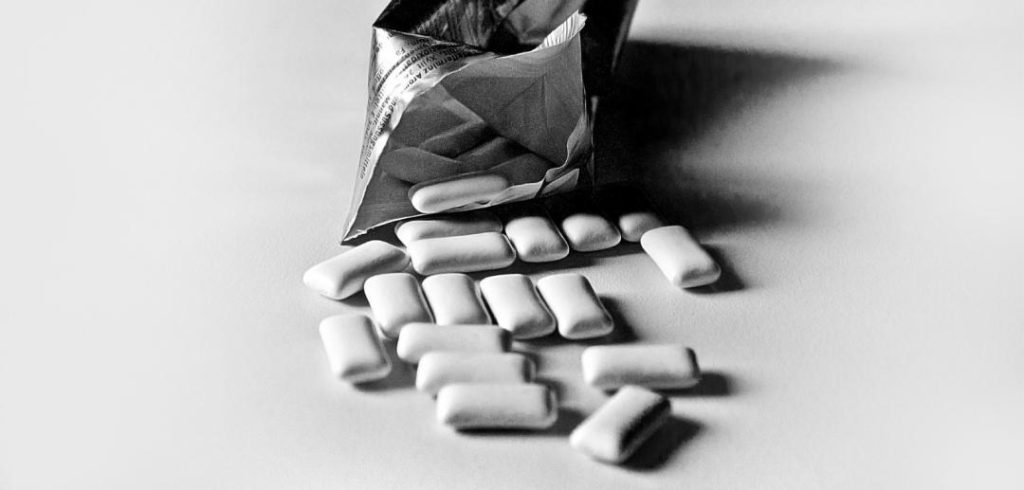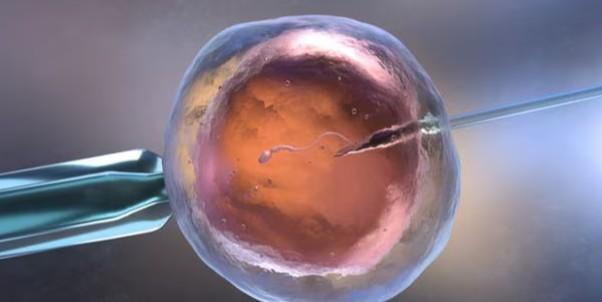
1 Piece of Chewing Gum Can Expose a Person to 2,50,000 Microplastics: Study
Microplastics, tiny plastic particles that originate from the breakdown of larger plastic items, have become a significant environmental concern in recent years. From synthetic clothing to plastic bags, these particles can break down into smaller pieces called nanoplastics, which can then enter our bodies through various means, including food and water. A recent study published in the Journal of Hazardous Materials has found that chewing gum can be a significant source of microplastics in our bodies, with one piece of gum exposing a person to an astonishing 2,50,000 microplastics.
The study, conducted by researchers at Queen’s University Belfast, analyzed the saliva of 25 participants after they chewed a piece of gum for one hour. The results were shocking: on average, each person was found to have 2,50,000 microplastics in their saliva. This is a staggering number, especially considering that microplastics are often ingested unknowingly through food, water, and other daily activities.
So, how do microplastics end up in our saliva? The researchers believe that microplastics are likely released from the gum base, which is made up of a mixture of elastomers, resins, and waxes. These materials can break down into smaller particles, including microplastics, which are then transferred to the saliva through the chewing process.
The study’s lead author, Dr. Andrew Turner, emphasized the importance of this research, stating, “This study highlights the need to consider the potential risks associated with chewing gum and its potential impact on human health. We found that the microplastics in the gum were not only present in the saliva but also in the chewing process itself.”
The presence of microplastics in our bodies has been linked to various health problems, including inflammation, oxidative stress, and even organ damage. While the exact risks associated with microplastic ingestion are still being studied, it is clear that reducing our exposure to these particles is crucial for maintaining good health.
So, what can be done to reduce our exposure to microplastics? Here are a few simple steps you can take:
- Choose gum with natural ingredients: Opt for gum made with natural ingredients, such as xylitol, which is less likely to contain microplastics.
- Avoid chewing gum with synthetic materials: Gum bases made from synthetic materials, such as polyisobutylene and polyvinyl acetate, are more likely to contain microplastics.
- Don’t swallow gum: While it may seem harmless to swallow gum, it’s essential to avoid doing so, as it can lead to microplastic ingestion.
- Use a straw when drinking: When drinking, use a straw to minimize the amount of microplastics that enter your body through water or other liquids.
- Avoid using plastic utensils and bags: Refrain from using plastic utensils, bags, and other items that can break down into microplastics.
In conclusion, the study’s findings highlight the importance of being mindful of the products we use and the potential risks associated with microplastic exposure. By taking simple steps to reduce our exposure, we can minimize the harm caused by these tiny plastic particles. Remember, every small change we make can contribute to a larger effort to protect our health and the environment.
Source:
https://www.qub.ac.uk/News/Allnews/2025/Newresearchrevealsthenumberofmicroplasticsfoundingum.html






